#Trekking in nepal
Text






Climbing Thorong La
#landscape#outdoors#nature#nepal#trekking in nepal#annapurna circuit trek#artists on tumblr#photographers on tumblr#foryou#photographers#fujifilm
61 notes
·
View notes
Text

Mystical forest
#original photographers#trekking in nepal#photography#film photography#travel photography#photooftheday#nepalpictures#photographers on tumblr#studyspo#lightroom#forest#green yellow#green#treescape#nature photopragpy#nature photo art#tumblelog#tumblr#artists on tumblr#viral images#replies
42 notes
·
View notes
Text


Path . | Make sure you follow > Shot By Canipel & Instagram
74 notes
·
View notes
Text

Lake Phewa - Nepal, 2019
#moody aesthetic#travel#amature photographer#photography#adventure#cinematic photography#artists on tumblr#lensblr#nepaldiaries#photograhers on tumblr#trekking in nepal#nature#exploreeverything#explore#landscape#nature photography#nationalgeographic#cinematic#origional photography
23 notes
·
View notes
Text
Sunset in Kathmandu

#photography#travel#nature photography#nature#landscape#landscape photography#photographer#nepal travel#nepal#trekking in nepal#kathmandu#Himalayas
45 notes
·
View notes
Text

#anti capitalism#communism#socialism#leftism#anarchy#left unity#lefty#political#politics#uspol#usa politics#conservatives#america#nepal#himalayas#nepal travel#nepal tour#trekking in nepal#maoism#maoist#marxism leninism#twitter x#mao zedong#lenin#marxist#marxism#karl marx#marxist theory#marxist leninist#marx kirby
35 notes
·
View notes
Text

The view of Everest from Gokyo Ri
#nepal#adventure#trekking#horizon5 adventure#khumbu#hiking#everest base camp trek#gokyo ri#everest#trekking in nepal#himalayas#mountains
12 notes
·
View notes
Text

Photography: Sukant Sharma (~Unsplash)
#nature#landscape#inspiration#mountains#himalayas#forest#goals#scenery#beautiful#nepal#trekking in nepal
20 notes
·
View notes
Text

Dhaulagiri mountain, Nepal.
The name comes from Sanskrit where धवल (dhawala) means dazzling, white, beautiful[3] and गिरि (giri) means mountain.
https://commons.wikimedia.org/wiki/User:Solundir
#dhaulagiri#nepal#himalayas#himalayan#mountain#mountains#alpine#sanskrit#nepali#asia#south asia#sky#snow#glacier#buddhism#heavenly#sherpa#landscape#wiki#wikimedia commons#wikipedia#photo#photography#berge#mountain peak#mountain climbing#geography#mountaineering#nature#trekking in nepal
6 notes
·
View notes
Text
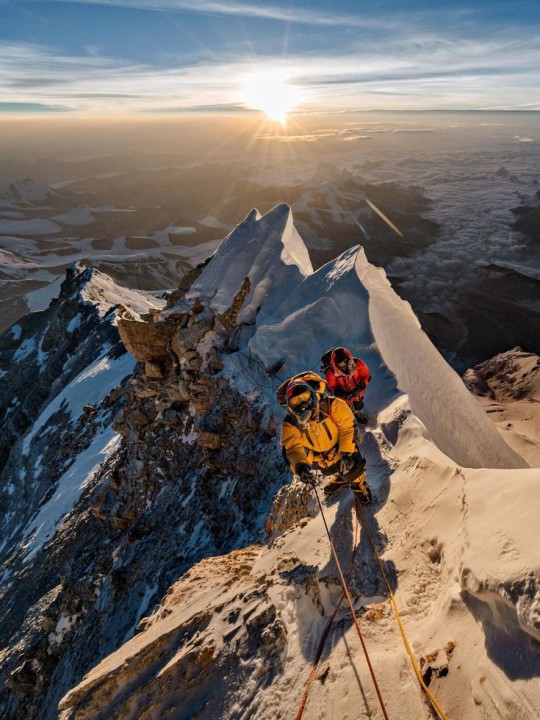
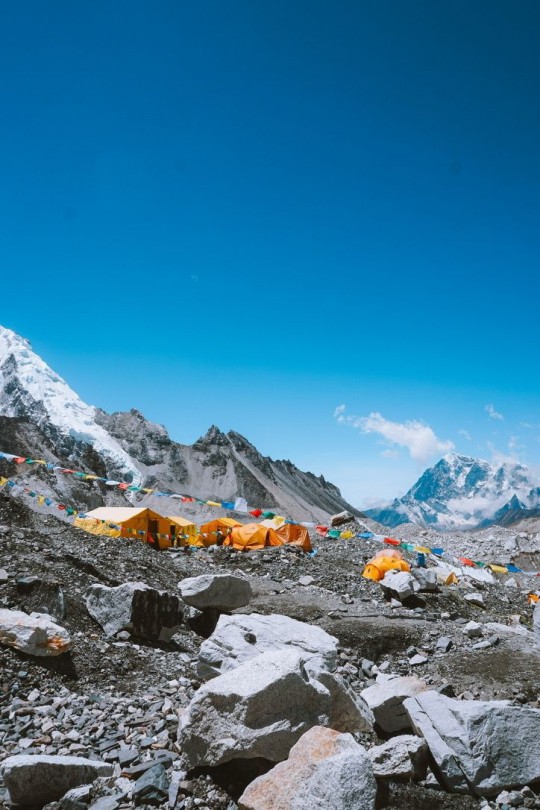
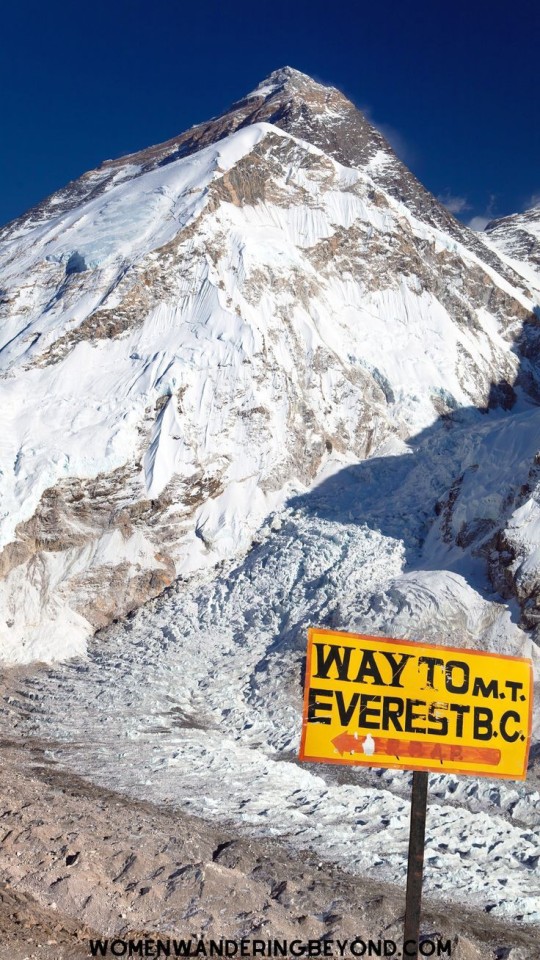

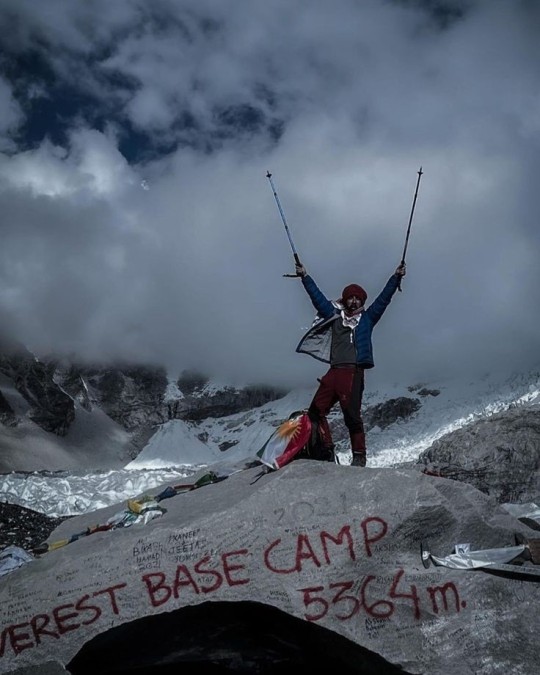
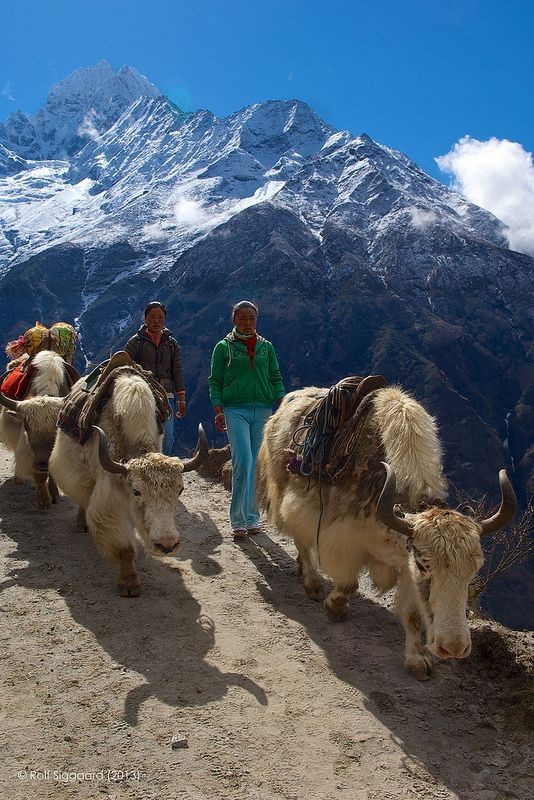
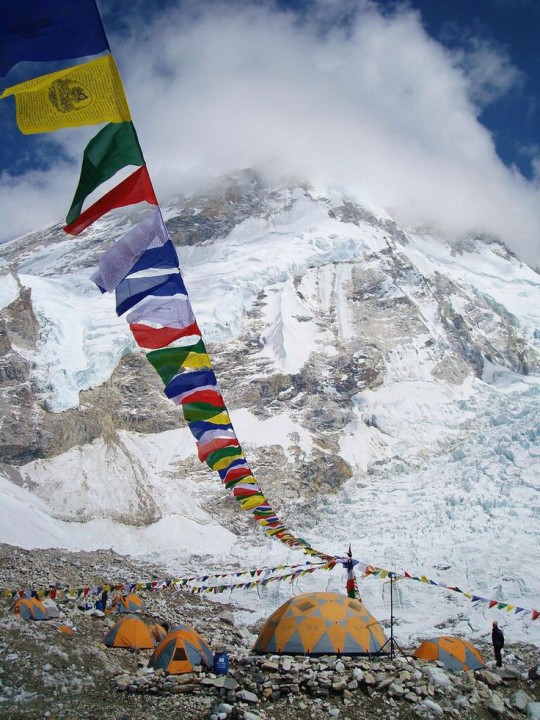
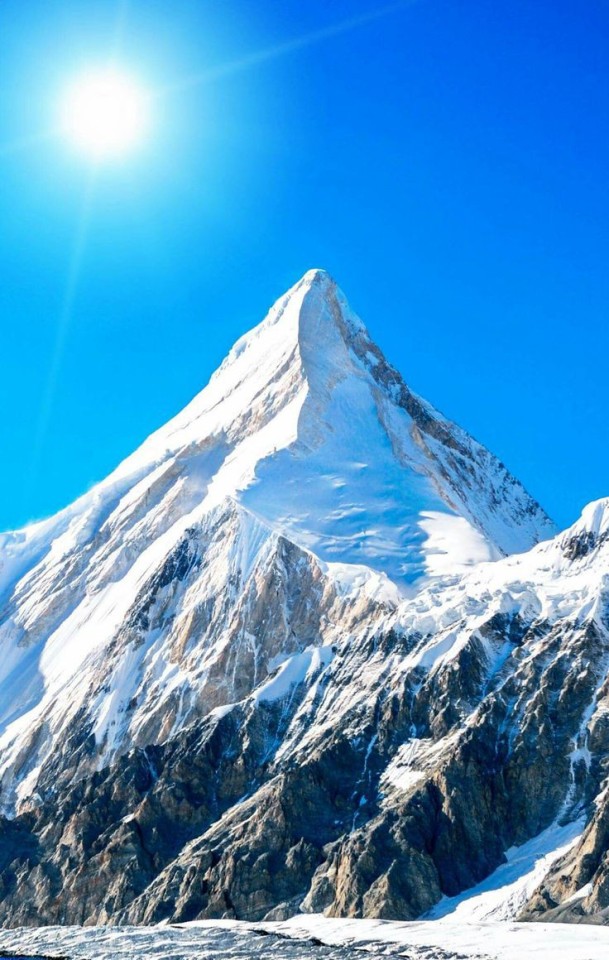

Mt everest, a dream destination.
Pic credit: Pinterest
#mood board#everest moodboard#beautiful moodboard#everest#mountains#trekking#peak of world#base camp#sagarmatha#mountains and it's beauty#snow#dark academia#artists on tumblr#cottagecore#trekking in nepal#nepal tour#nepal travel#pinterest pictures#painting and pictures#pictures from pinterest#paradise#paradise on earth#sky#clouds#mood board of mountains#everest mood board
7 notes
·
View notes
Text

Read the remaining facts, plus myths, quotes, faqs and an epic quiz at: Mount Everest Facts
#facts#fun facts#random facts#interesting facts#today i learned#everest#himalayas#everest base camp trek#trekking in nepal#nepal travel#hiking
7 notes
·
View notes
Text
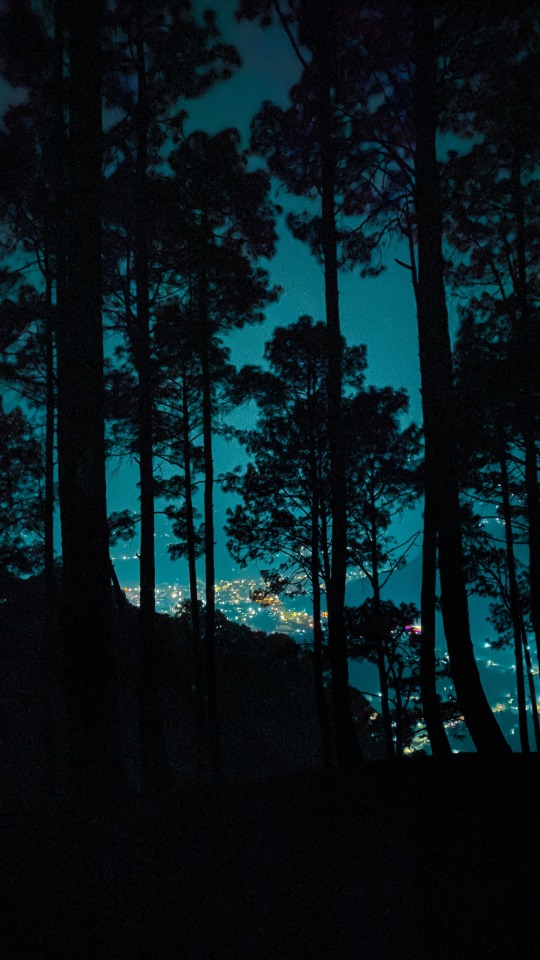
How beautiful is to be in the woods??
#trekking in nepal#original photographers#photography#photooftheday#film photography#studyspo#gaming#green#movies#paleoanthropology#into the woods#late night#bendy and the dark revival#christmas lights#valleys#himalayas#pine twins#pine trees#from dusk til dawn: the series
192 notes
·
View notes
Text

Walk. | Make sure you follow > Shot By Canipel & Instagram
42 notes
·
View notes
Text

Rare photographs of a Snow Leopard interacting with a camera trap in the mountains . Photo is the reaction to the shutter sound of the DSLR.
📸 @sascha.fonseca
Source: Trekking In Nepal
11 notes
·
View notes
Text


Congratulations to the team on reaching Everest Base Camp successfully at 5,364 meters! Wishing you a safe and smooth journey back to #kathmandu —may the rest of your adventure be just as rewarding.
Are you ready for an epic adventure in 2024 or 2025? Join us on a journey to Everest Base Camp and experience the thrill of a lifetime.
For more information and to book your spot, contact us at [email protected]
WhatsApp: +977-9813637616
Your adventure awaits!
#hiking#trekking in nepal#mountains#guided tours#adventure tours#trekking company in nepal#everest base camp
2 notes
·
View notes
Text
History And Origin of Nepal: A journey through time
Lying right in the middle of the Himalayas between India and China, Nepal is a country that is full of a whole of history. The story it tells is of myths, legends, dynasties, and influences that flowed on the waves of both the Indian subcontinent and the Tibetan plateau. The origin of Nepal seems to be completely intertwined with geographical elements, religion, and cultural heritage. In this blog, one is introduced to the historical journey of Nepal and formation of Himalayas, from its root to the formation of a modern nation.
Mythological Beginnings: Legends of Nepal's Formation
The history of Nepal opens with mythological accounts about the origin. Ancient legends say that Kathmandu Valley was once a huge lake, inclusive of what today is considered the cultural and historical heart of Nepal. According to this, a Buddhist saint called Manjushree, coming from China, saw a lotus flower falling in the middle of the lake and wanted to reach it. At Chobar, he cut a gorge with his sword thereby allowing it to drain the water so that the valley could be habitable. Thus, the fertile land of the Kathmandu Valley came into being. This mythical event is symbolic of the birth of Nepal.
Another popular legend describes how the god Vishnu, in the avatar of a boar, or Varaha, raised Nepal out of the waters. These myths said much not only about how the people of Ancient Nepal viewed their land but also revealed the deep religious meaning always permeating Nepalese culture.
Unification of Nepal: The Rise of the Shah Dynasty
Nepal’s political landscape changed dramatically in the 18th century with the rise of Prithvi Narayan Shah, the ruler of the small principality of Gorkha. He embarked on a campaign to unify the various fragmented kingdoms and principalities of the region. After several attempts, Prithvi Narayan Shah successfully conquered the Kathmandu Valley in 1768, marking the beginning of the Shah dynasty and the creation of modern Nepal. Prithvi Narayan Shah's unification campaign laid the foundation for a strong, centralised kingdom. He strategically kept Nepal independent from both the expanding British Empire in India and the Qing Dynasty in China by maintaining a policy of isolation and diplomacy.
The Collision of India and Eurasia: Birth of the Himalayas
Nepal is home to Himalayas: the home to world's highest peaks, including Mt. Everest.The story of the Himalayas really started when the Indian subcontinent, shortly after it broke away from Gondwana around 100 million years ago, began its drift northward. There laid between the Indian plate and the Eurasian plate at that time the Tethys Ocean. In this process, the Indian plate was submerged underneath the Eurasian plate, and it is both slow and powerful. These movements created strong geological forces which pushed up the sedimentary rocks of the Tethys Ocean, hence creating the Himalayan mountain range.
The impact of the collision caused the Earth's crust to fold, that formed the towering peaks of the Himalayas. The immense pressure created large thrust faults, which caused the land to rise vertically. Over time, these processes built some of the highest mountains in the world, including Mount Everest (8,848 meters) and Kangchenjunga (8,586 meters), both of which are located in the Nepalese Himalayas.
Geological Zones of the Nepal Himalayas
The Nepalese Himalayas were divided into a number of distinct geological zones, which reflect their complex history of formation. These include the following:
Terai Plains: This is a flat, fertile region situated on the southernmost part of Nepal, marking the northern edge of the Indo-Gangetic plains. They actually were formed by sediments deposited by the rivers flowing down from the Himalayas.
Siwalik Hills: Lying just north of the Terai, Siwalik Hills are the youngest part of the Himalayas that were uplifted about 10 to 20 million years ago. It is a folded and faulted rock area which has been uplifted relatively recently.
3.The Mahabharat Range: This range lies north of Siwalik, much older, loftier, and with steeply descending slopes enclosing profound valleys. Metamorphic and sedimentary rocks common in this region bear the telltale presence of the gradual uplift that has occurred here over millions of years.
4.Lesser Himalayas: This zone lies north of the Mahabharat Range and consists of a series of hills and ridges that rise up to about 4,000 meters. The Lesser Himalayas are made up of older rocks, mainly sedimentary and metamorphic uplifted during the early phase of collision between the Indian and Eurasian plates.
5.Greater Himalayas: Higher or Greater Himalayas forms the central backbone of this mountain and contains all the highest peaks including Mt. Everest and Kangchenjunga. Ancient metamorphic rocks, mainly schist and gneiss, are dominant in this zone, which has undergone extreme heat and pressure for millions of years.
6.Tibetan Plateau: The Tibetan Plateau forms the northern boundary of the Greater Himalayas, and is rightly called the "Roof of the World." This high-altitude plateau, in turn, had been raised as the Indian plate moved northward and was thrust underneath the Eurasian plate.
Thus, the history of Nepal represents a tapestries history with myths, conquests, cultural achievements, and political upheavals. Starting from the mythological beginnings down to its present-day status as a republic.The history of the Himalayas in Nepal is a long geology that has taken millions of years to unfold. From the first collision between the Indian and Eurasian plates to the towering peaks that now define the region, the Himalayas remain a living testimony to the dynamic forces shaping our planet. That spectacle of beauty and grandeur, yet at the same time a grim reminder of the immense power of nature and the precarious balance between the geological processes of Earth and the fragile ecosystems which find life in their shadow. Nepal's journey through history has taken a path no less dramatic than the landscape it inhabits. As the nation continues to grow, its past shapes its future, guided by the aspirations of the people that populate it.
2 notes
·
View notes